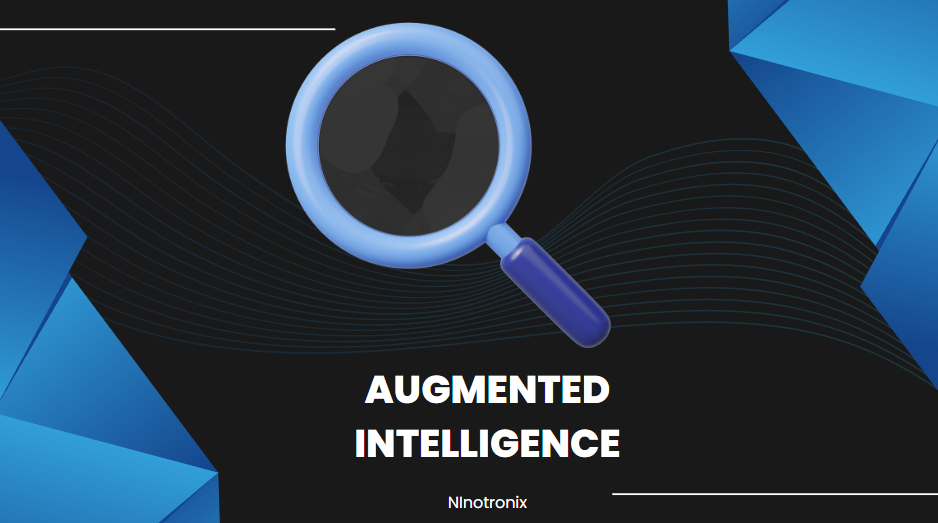Augmented intelligence is revolutionizing the way we interact with and extract knowledge from vast amounts of data. In the realm of search, it enhances human capabilities by combining the power of artificial intelligence (AI) with human expertise. This synergy between humans and machines allows for more effective and meaningful information retrieval, leading to empowered decision-making and deeper insights. In this article, we will explore the concept of augmented intelligence in the context of human-centric cognitive search. We will discuss the steps involved in harnessing augmented intelligence to create an advanced cognitive search system that puts humans at the center.
Step 1: Understanding User Needs: The first step in building a human-centric cognitive search system is to understand the unique needs and goals of the users. This involves gathering user requirements, conducting interviews, and analyzing user behaviors. By understanding the specific challenges, preferences, and context in which users operate, we can design a search solution that addresses their needs effectively.
Step 2: Data Acquisition and Preprocessing : Once user requirements are defined, the next step is to acquire and preprocess the data. This includes identifying relevant data sources, extracting data, and transforming it into a format suitable for search and analysis. Preprocessing tasks may involve cleaning the data, normalizing it, and structuring it in a way that enables efficient indexing and retrieval.
Step 3: Building a Knowledge Graph : A knowledge graph acts as a semantic representation of the acquired data. It captures the relationships between entities and concepts, enabling better contextual understanding and inference. By structuring the data within a knowledge graph, the cognitive search system can leverage this rich semantic network to generate more meaningful and accurate search results.
Step 4: Applying Natural Language Processing (NLP): Natural Language Processing plays a crucial role in human-centric cognitive search. It enables the system to understand and interpret user queries in a more nuanced manner. NLP techniques such as entity recognition, sentiment analysis, and summarization enhance the search experience by extracting key information, identifying user intent, and providing relevant contextual insights.
Step 5: AI Algorithms and Machine Learning : Augmented intelligence relies on AI algorithms and machine learning to enhance search capabilities. By analyzing user interactions, search patterns, and feedback, the cognitive search system can continuously learn and adapt to user preferences. AI techniques such as relevance ranking, personalized recommendations, and clustering aid in surfacing the most relevant and meaningful results for each user.
Step 6: Human Feedback and Iterative Improvement: In a human-centric cognitive search system, human feedback is invaluable. Regularly soliciting user feedback, conducting user testing, and incorporating user suggestions enables iterative improvements to the search system. This iterative process ensures that the system evolves to better meet user needs and provides a user-centric experience.
Step 7: User Interface Design and User Experience (UX): The user interface (UI) and user experience (UX) design are critical components of a human-centric cognitive search system. The UI should be intuitive, visually appealing, and provide seamless interactions. It should empower users to refine their search queries, explore related concepts, and visualize search results in a manner that facilitates understanding and decision-making.
Step 8: Collaboration and Knowledge Sharing : Augmented intelligence in cognitive search fosters collaboration and knowledge sharing among users. By incorporating features like user annotations, document sharing, and collaborative filtering, the system promotes a collective intelligence approach. Users can benefit from the expertise and insights of others, creating a collaborative environment where knowledge is shared and collective intelligence is harnessed.
Step 9: Ethical Considerations and Transparency : Building a human-centric cognitive search system requires careful attention to ethical considerations and transparency. It is essential to ensure user privacy, data security, and mitigate biases in search results. Transparent algorithms and explainable AI techniques can provide insights into how the system arrives at its recommendations, enabling users to understand and trust the search results.
Conclusion: Augmented intelligence holds tremendous potential for empowering human-centric cognitive search. By combining the strengths of humans and machines, we can create search systems that are more intuitive, accurate, and personalized. The steps outlined in this article provide a roadmap for harnessing augmented intelligence to build an advanced cognitive search system that puts humans at the center. With continuous user feedback, iterative improvements, and a focus on ethical considerations, we can create search tools that truly empower users and enhance their ability to extract meaningful insights from vast amounts of information.

